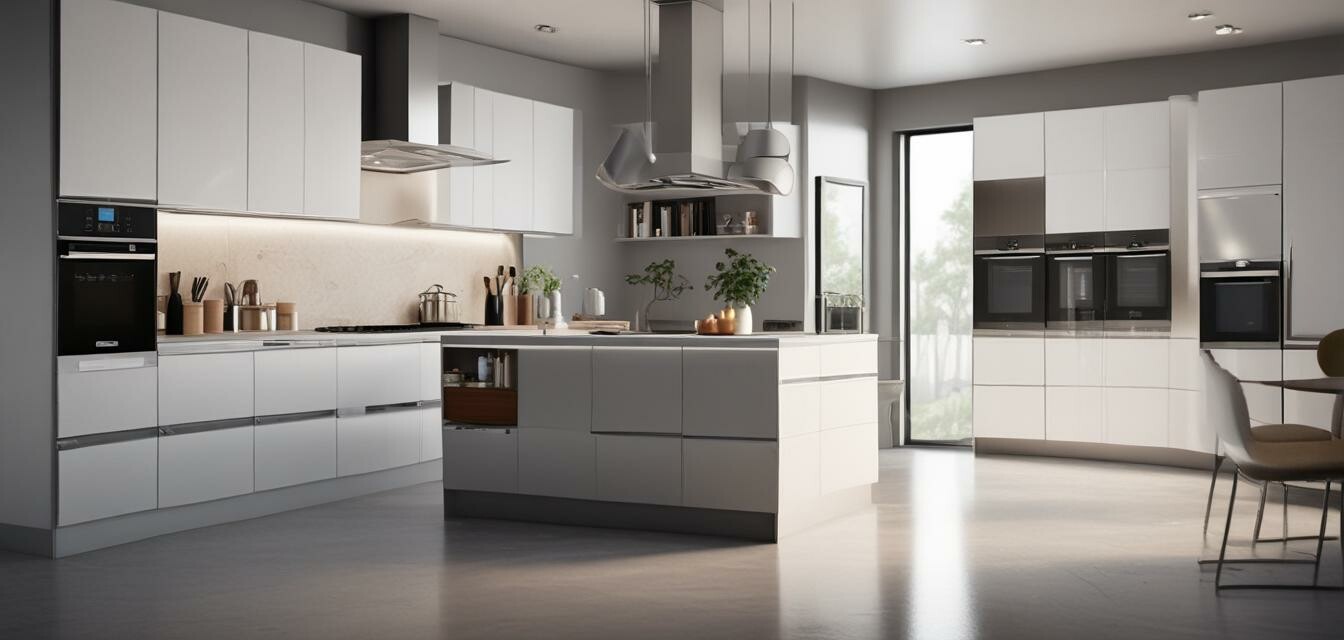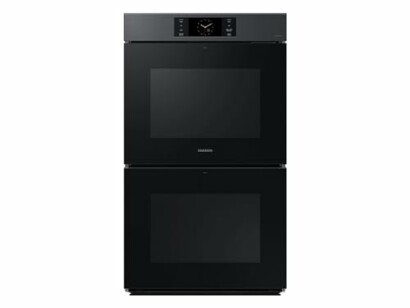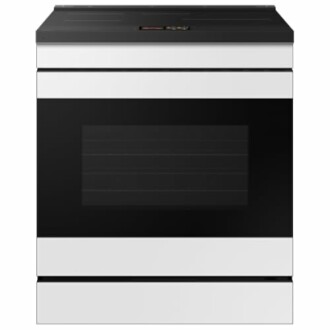
Choosing the Right Smart Ovens for Your Cooking Style
Key Takeaways
- Identify your cooking style: Understand what type of cooking you do most often.
- Smart features matter: Look for AI capabilities, connectivity options, and ease of use.
- Design and fit: Choose an oven that complements your kitchen aesthetic.
- Energy efficiency: Consider energy-saving features to reduce bills.
- Read user reviews to gauge reliability and performance.
In today’s modern kitchen, the importance of smart ovens cannot be overstated. These advanced appliances not only help you cook meals efficiently but also offer a variety of features that make cooking easier and more enjoyable. In this guide, we’ll explore how to choose the right smart oven based on your unique cooking style and preferences.
Understanding Your Cooking Style
Your cooking style plays a crucial role in selecting the perfect smart oven. Here are a few common cooking styles:
- Baking Enthusiasts: If you love baking, look for ovens that offer precise temperature controls and convection features.
- Health-Conscious Cooks: Ovens with steam cooking options can help maintain moisture and nutrients in your food.
- Busy Professionals: Smart ovens with remote monitoring and cooking programs can be a game-changer.
- Family Chefs: Consider multi-function ovens that allow you to cook multiple dishes at once.
Features to Look for in Smart Ovens
Smart ovens come with various features, and understanding them can help you make an informed decision. Below are the key features to look for:
| Feature | Description |
|---|---|
| AI Cooking Technology | Ovens equipped with AI can suggest cooking settings based on the meal being prepared. |
| Wi-Fi Connectivity | Monitor and control your oven from your smartphone or tablet. |
| Convection Cooking | Even heating and cooking for perfect baking results. |
| Steam Cooking | Healthy cooking method that retains moisture and nutrients. |
Popular Smart Ovens to Consider
Here are two smart ovens worth considering for different cooking styles:
SAMSUNG Bespoke 30" Double Wall Oven
This oven features an AI Pro Cooking Camera and allows for easy monitoring and cooking control from your smartphone. Perfect for tech-savvy chefs!
Learn MoreSamsung Bespoke 6.3 cu. ft AI Home Oven
This innovative oven features a Smart Oven Camera and a 7" AI display for a seamless cooking experience. Ideal for busy households!
Learn MoreBenefits of Owning a Smart Oven
Investing in a smart oven offers numerous advantages:
- Improved cooking consistency.
- Time-saving features like pre-heating and recipe suggestions.
- Enhanced kitchen safety with remote monitoring.
- Energy-efficient options to save on utility bills.
Tips for Choosing the Right Smart Oven
Beginner Tips
- Determine your budget and stick to it.
- Read reviews and watch product demos to understand features better.
- Consider size and installation type based on your kitchen layout.
- Take note of warranty and customer support offerings.
Conclusion
In conclusion, selecting the right smart oven is essential to enhance your cooking experience. By understanding your cooking style, the features that matter most, and exploring popular models, you can find the perfect oven that meets your needs. For more information on smart ovens and related products, you can explore our Smart Kitchen Buying Guides.
Pros
- Advanced cooking technology helps streamline your cooking process.
- Customizable settings for varied cooking styles.
- Smart monitoring features ensure safety and convenience.
Cons
- Higher initial cost compared to traditional ovens.
- May require a learning curve for some advanced features.

